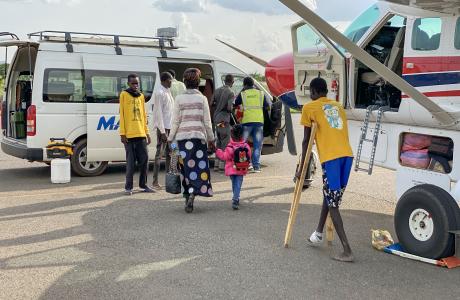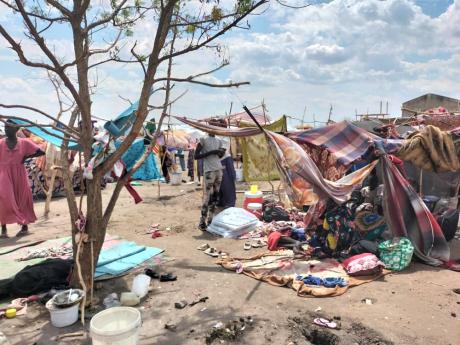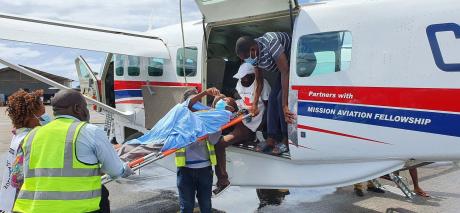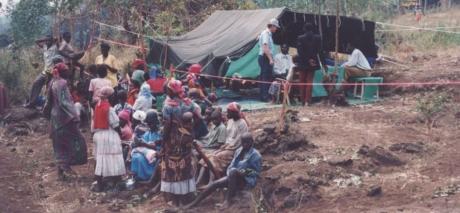
In April 2023, fighting broke out in Sudan's Capital, Khartoum. The resulting conflict has caused many people to flee Sudan, crossing the borders into surrounding nations. Over 1,000 people are crossing into South Sudan every single day seeking refuge. The humanitarian need is great and resources are slim.
In June 2023, MAF launched a disaster response drawing on our existing South Sudan programme resources and the wealth of experience from our Disaster Response team. Whilst MAF is unable to enter Sudanese air-space, we can respond by helping our humanitarian partners to reach otherwise inaccessible places in the north, particularly the refugee camps at Renk. MAF continues to respond to the ever-increasing need, with multiple flights per week.


